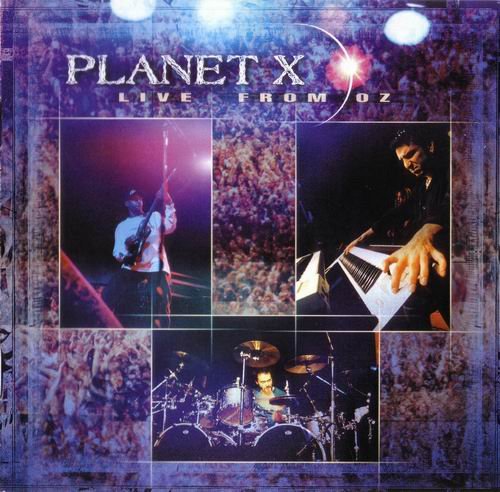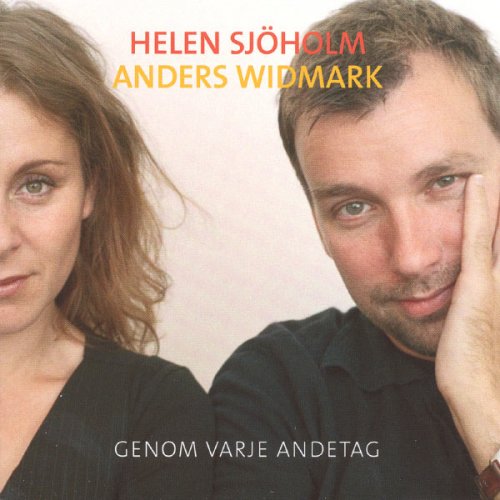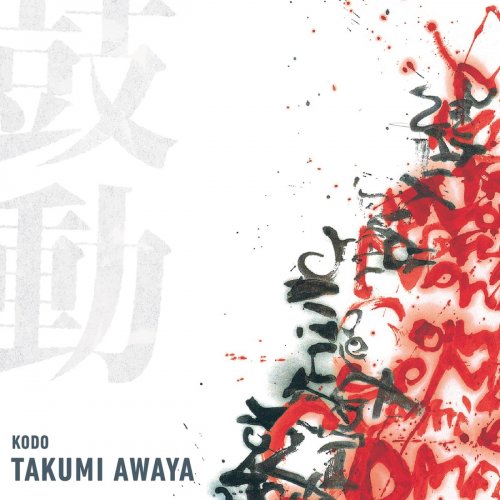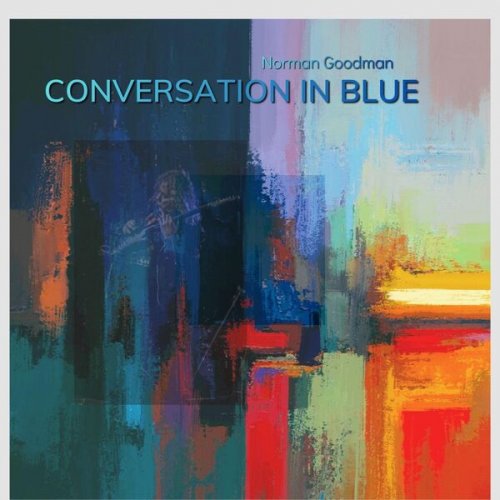Pieter Wispelwey - Britten: Cello Symphony, Cello Suite No.1 (2010)
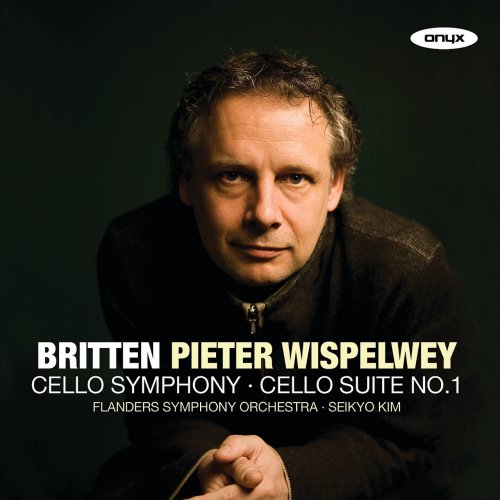
Artist: Pieter Wispelwey
Title: Britten: Cello Symphony, Cello Suite No.1
Year Of Release: 2010
Label: Onyx
Genre: Classical
Quality: MP3 320 Kbps
Total Time: 01:03:29
Total Size: 163 Mb
WebSite: Album Preview
Tracklist: Title: Britten: Cello Symphony, Cello Suite No.1
Year Of Release: 2010
Label: Onyx
Genre: Classical
Quality: MP3 320 Kbps
Total Time: 01:03:29
Total Size: 163 Mb
WebSite: Album Preview
01. Cello Symphony: Cello Symphony
02. Cello Symphony: Cello Symphony
03. Cello Symphony: Cello Symphony
04. Cello Symphony: Cello Symphony
05. Cello Suite No.1: Cello Suite No.1
06. Cello Suite No.1: Cello Suite No.1
07. Cello Suite No.1: Cello Suite No.1
08. Cello Suite No.1: Cello Suite No.1
09. Cello Suite No.1: Cello Suite No.1
10. Cello Suite No.1: Cello Suite No.1
11. Cello Suite No.1: Cello Suite No.1
12. Cello Suite No.1: Cello Suite No.1
13. Cello Suite No.1: Cello Suite No.1
It was the introduction of Mstislav Rostropovich by Shostakovich that transformed Benjamin Britten from primarily an opera and vocal composer to one whose abilities were spread more evenly across instrumental and vocal works. Much in the same way Brahms' introduction to clarinetist Richard Mühlfeld exposed him to a level of clarinet playing that he had never imagined possible, Britten's attendance at Rostropovich's premiere of the Shostakovich First Concerto spawned a wealth of creative output for the cello, all of which was written with the great Russian virtuoso in mind. The first such composition was the Sonata in C, followed by the Cello Symphony (heard here), and the Three Suites for Solo Cello (the first of which is heard here). The Cello Symphony, so called because of the equal importance and interwoven dialogue that Britten gives to both the soloist and the orchestra, is rarely performed or recorded. Apart from its beastly difficulty, it can also be a difficult piece for audiences to digest, certainly more difficult to grasp than the other works for cello. Pieter Wispelwey and the Flanders Symphony Orchestra give the nebulous piece a first-rate performance on this Onyx album, with Wispelwey doing all he can to guide his listeners through the score without beating them over the head with it. His playing is technically flawless with polished intonation, and a clear, penetrating sound. This sound quality is even more present and pure in the exceptional recording of the First Suite. Wispelwey's clever use of rapidly fluctuating dynamics grips listeners in the insect-like Moto Pertetuo, gentle pizzicati lull the listener in the Serenata, and refined vibrato draws listeners into the sadness of the Lamento. For those already familiar with his earlier recordings of the Solo Suites, this one incorporates even more refinement, detail, and finesse. The only thing listeners will be left wanting at the end of this album is a second disc containing a new recording of the remainder of the Solo Suites.

